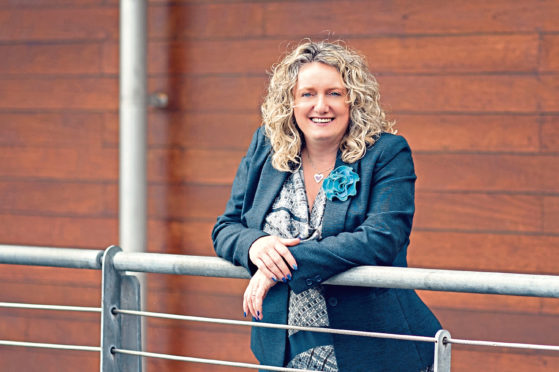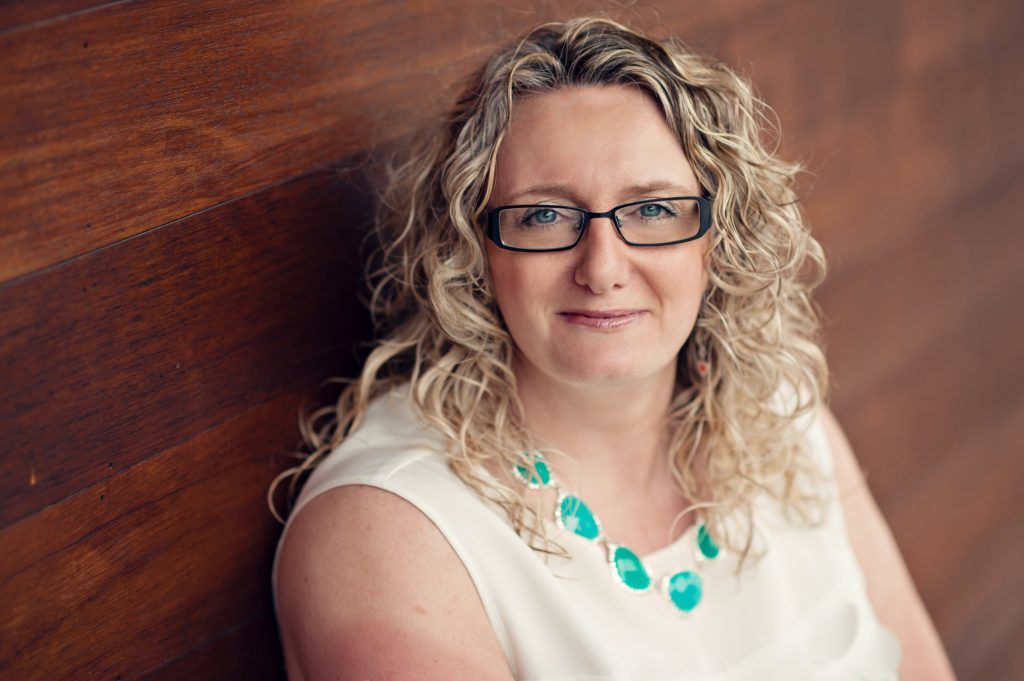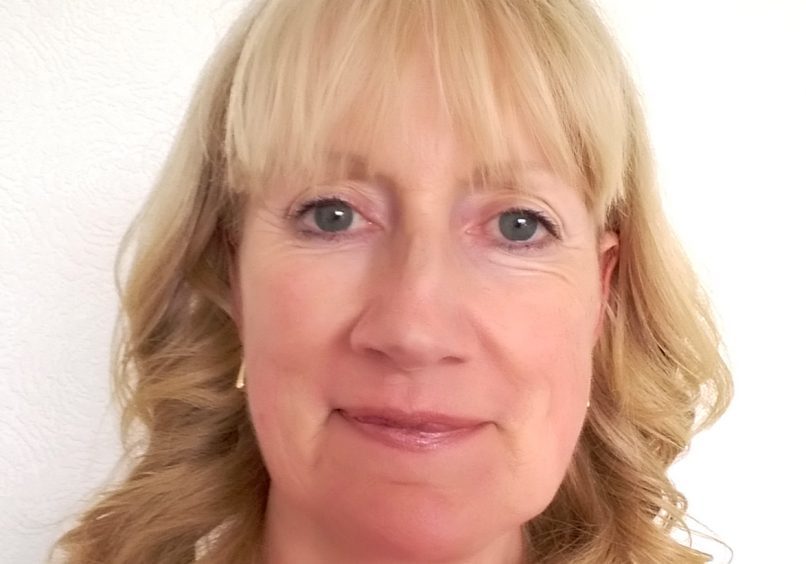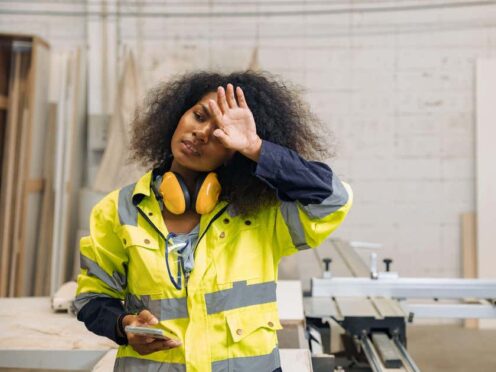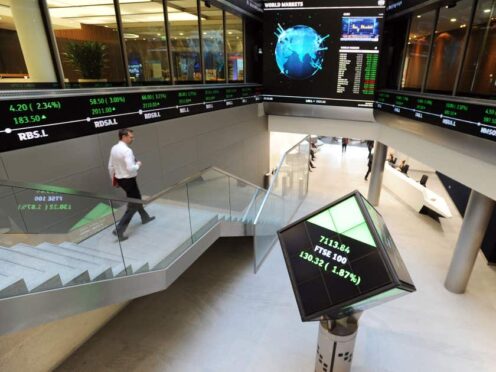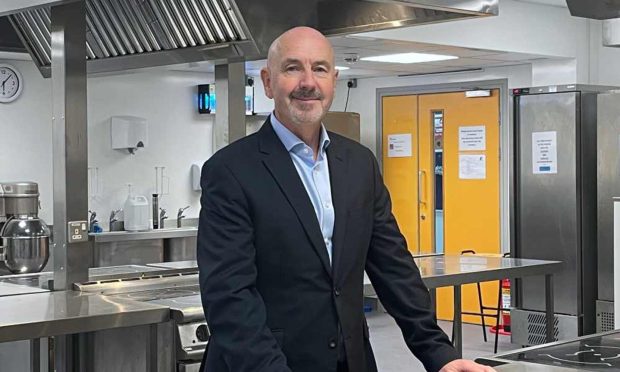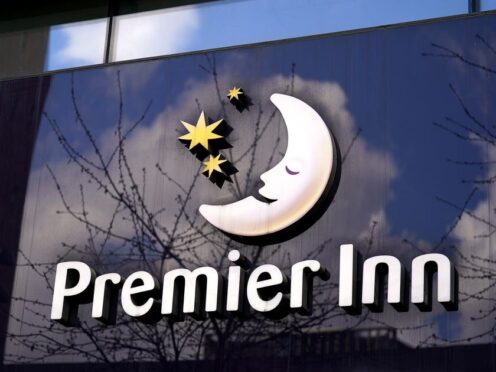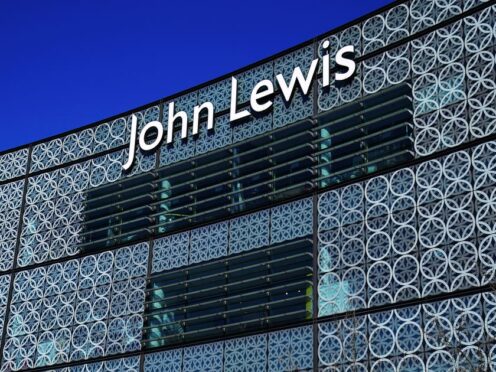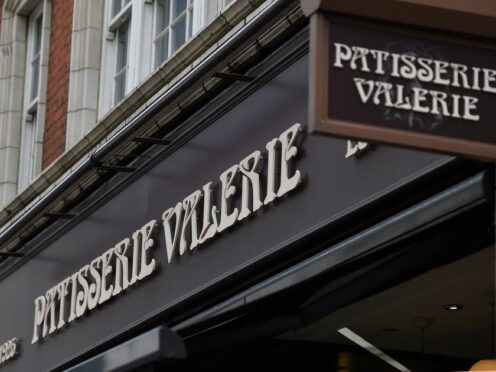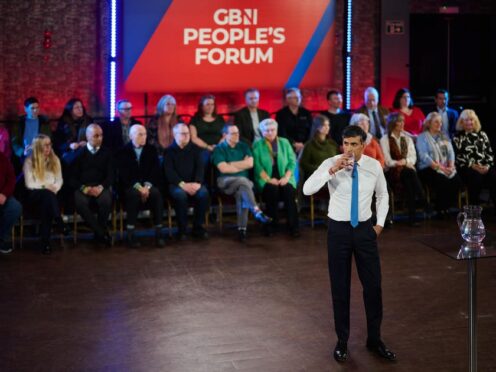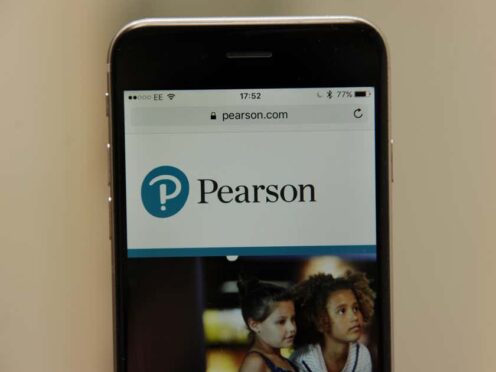A major survey of the “fragile” Dundee and Angus economy shows around 7% fear they will not survive the pandemic.
Dundee and Angus Chamber of Commerce (DACC) surveyed hundreds of members for its latest quarterly economic indicator survey.
The results show companies surveyed are still only working at 69% of capacity, though this is an improvement from 54% three months ago.
The survey, published today, shows almost half (47%) of firms expect prospects to improve over next 12 months, but 7% concerned they may not survive.
DACC chief executive Alison Henderson described the local economy as “fragile” and called for progress on the Brexit talks to give more certainty.
She said: “We can see in our indicator that when businesses lack information and clear guidance that shakes confidence and expectations. In turn, that dampens sentiment and behaviours change.
“We need to see further business support measures to alleviate difficult trading conditions caused by the pandemic and a clear route through Brexit, with progress on trade deals.
“Businesses have not been able to use 2020 to plan for the UK’s exit from the EU and time is not on our side.
“However, we can see from responses to the last two surveys that businesses can and will adapt quickly and those who do so report considerable benefits to their revenues. Making informed decisions is the key.
“As the trend in our data shows, business sentiment remains relatively positive as we go through the second half of 2020. Protecting jobs and supporting businesses remain critical priorities.”
The survey shows a clear contrast in fortunes for different parts of the economy. Business optimism is high for firms working in insurance, finance, agriculture, forestry and fishing and extremely low for hospitality, tourism and manufacturing firms.
Since the last quarterly survey, 61% of local businesses reported that orders remained constant or increased, but 39% reported a decrease.
Large gains in operating capacity over the past three months have been made by construction, retail and hospitality firms as restrictions eased. Arts and healthcare firms remain “challenged”, the report said.
Covid-19 has forced 38% of local businesses to make changes to the products and services they offer.
Over the past three months businesses have become significantly more concerned about taxation and exchange rates.
Report author Dr Shona Dobbie, of Angus Economics, said: “It is really encouraging to see improvement since the previous survey across all the key variables such as revenue, orders, profits, cash flow, investment and employment, even though the latest readings are not yet indicating growth and expansion.
“The results confirm the flexibility of local businesses in their response to Covid-19. Many firms have introduced flexible working, a large number have made changes to the products and services they offer and offices or workshop spaces have changed.
“Overall, both agriculture and finance and insurance are continuing to do well, whilst hospitality, tourism, construction and retail remain challenged by restrictions in activity and the ongoing need for social distancing.
“The current conditions indicator now stands at a level of -10%, reflecting ongoing contraction in activity, but it is particularly encouraging to see the expectations index rise to a level of +10%, reflecting a higher level of optimism about future trading and activity.”
